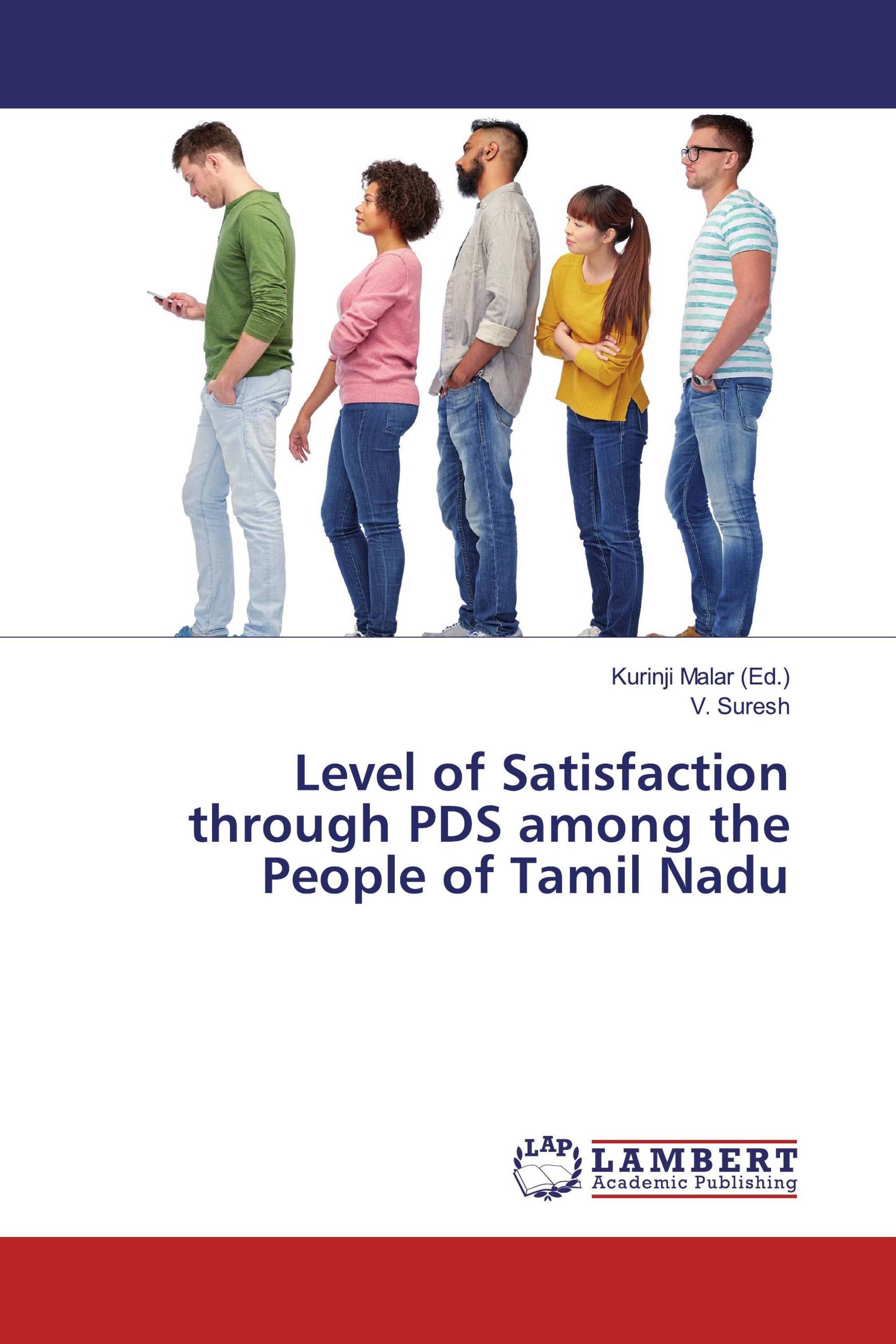India’s Public Distribution System (PDS) is the largest distribution network of its kind in the world. PDS was introduced around World War II as a war-time rationing measure. Before the 1960s, distribution through PDS was generally dependant on imports of food grains. It was expanded in the 1960s as a response to the food shortages of the time; subsequently, the government set up the Agriculture Prices Commission and the Food Corporation of India to improve domestic procurement and storage of food grains for PDS. By the 1970s, PDS had evolved into a universal scheme for the distribution of subsidized food. In the 1990s, the scheme was revamped to improve access of food grains to people in hilly and inaccessible areas, and to target the poor. This study mainly focussed on the public distribution system in Nattrampalli block in Vellore District of Tamil Nadu. Relevant Primary and secondary data were collected for this study from 2011-12 to 2015-16.
Book Details: |
|
|
ISBN-13: |
978-613-9-47690-9 |
|
ISBN-10: |
6139476909 |
|
EAN: |
9786139476909 |
|
Book language: |
English |
|
Edited by: |
Kurinji Malar |
|
Number of pages: |
64 |
|
Published on: |
2019-04-08 |
|
Category: |
Economics |
